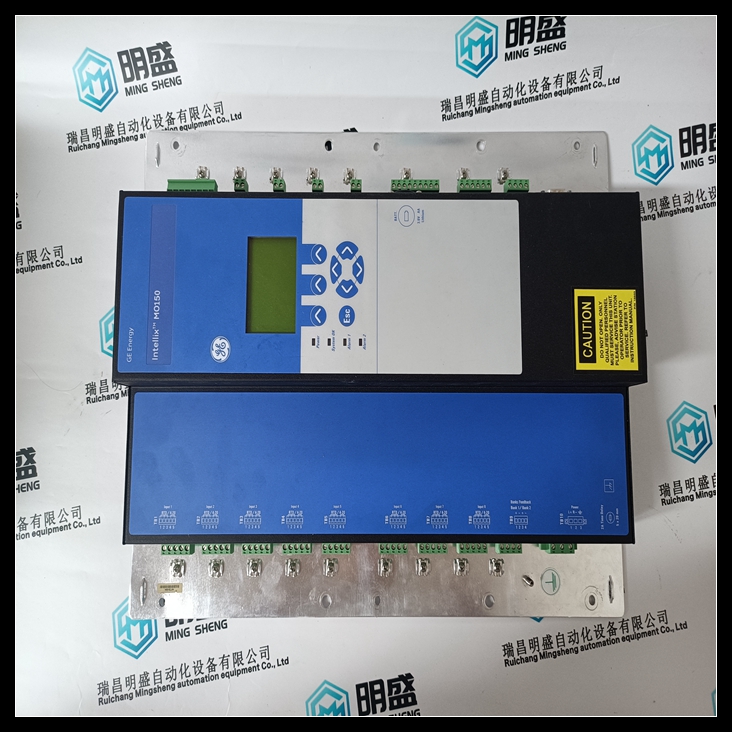INTELLIX MO150脉冲隔离模块卡件
类目:GE
型号:INTELLIX MO150
全国服务热线:+86 15270269218
手机:+86 15270269218
微信:+86 15270269218
QQ:3136378118
Email:stodcdcs@gmail.com



















